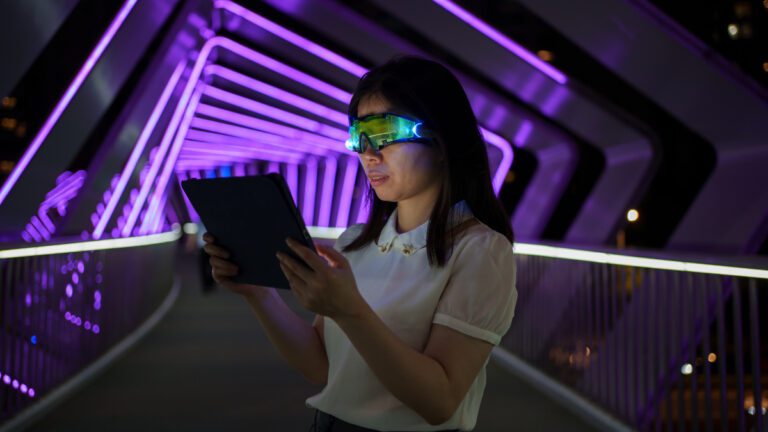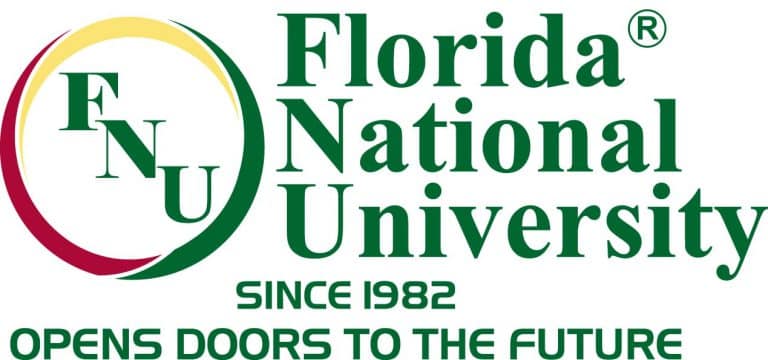
The concept of the metaverse has gained significant traction in recent years, particularly as advancements in virtual reality (VR), augmented reality (AR), and blockchain technologies continue to evolve. Tech giants such as Meta (formerly Facebook), Microsoft, and Google have invested billions in the development of immersive digital environments, leading marketers to explore the potential of these virtual spaces.
But is the metaverse truly revolutionizing digital marketing, or is it just another buzzword riding the wave of technological innovation? In this article, we’ll examine how brands are leveraging the metaverse, explore the challenges it presents, and determine whether it’s a game-changer or just a passing trend.
Understanding the Metaverse

The term “metaverse” refers to a collective virtual space where users can interact with digital environments, other users, and even AI-driven avatars. Unlike traditional online experiences, the metaverse is immersive and persistent, often involving 3D virtual worlds where users can engage in activities such as shopping, attending events, playing games, and socializing.
Key technologies driving the metaverse include:
- Virtual Reality (VR): Creates fully immersive digital environments.
- Augmented Reality (AR): Overlays digital elements onto the real world.
- Blockchain & NFTs: Enable digital ownership of assets.
- Artificial Intelligence (AI): Enhances user interactions and experiences.
- 5G & Edge Computing: Improve real-time rendering and interactions.
With this foundation, digital marketers are exploring new ways to engage audiences, redefine customer journeys, and build brand presence within these virtual spaces.
The Metaverse as a Marketing Channel

1. Brand Immersion and Virtual Experiences
Unlike traditional advertising, the metaverse allows brands to create interactive and immersive experiences. Companies like Nike and Gucci have established virtual showrooms, allowing users to browse and purchase digital goods for their avatars. Similarly, automotive brands such as Hyundai have launched virtual test drives, letting users experience their latest car models in a digital environment.
2. Virtual Events and Conferences
With the rise of remote work and digital communication, businesses are hosting conferences, product launches, and concerts in the metaverse. Virtual events offer brands an opportunity to engage audiences in an immersive way, far beyond traditional webinars and Zoom meetings.
For example, Travis Scott’s virtual concert in Fortnite attracted over 12 million viewers, showcasing the potential of metaverse events in reaching massive audiences. Brands can sponsor such events or create their own to connect with users in meaningful ways.
3. Digital Commerce and NFTs
E-commerce is rapidly expanding into the metaverse. Platforms like Decentraland and The Sandbox allow users to buy and sell digital real estate, fashion, and collectibles through NFTs (non-fungible tokens). This opens up new revenue streams for brands, allowing them to sell exclusive digital merchandise or offer loyalty rewards through blockchain-based assets.
For instance, luxury brands like Louis Vuitton and Burberry have launched NFT collections, enabling users to own exclusive virtual fashion items. This trend highlights the merging of digital ownership and brand loyalty.
4. Advertising in Virtual Worlds
Just as brands advertise on social media and search engines, they are now exploring in-game and in-world advertising within the metaverse. Digital billboards, sponsored events, and branded in-game assets allow businesses to engage users in a more organic and less intrusive manner.
For example, Coca-Cola has designed virtual vending machines in Decentraland, where users can interact with the brand in a gamified way. This innovative approach blends traditional advertising with experiential marketing.
5. Enhanced Social Interaction & Community Building
Metaverse platforms are highly social, enabling users to form communities, interact with brands, and co-create experiences. Companies can leverage this by building virtual hubs where users can explore products, engage with branded content, and participate in gamified experiences.
For instance, Wendy’s created an entire virtual restaurant in Horizon Worlds, Meta’s VR platform, where users can engage in fun challenges and interact with the brand in a novel way.
Challenges of Metaverse Marketing

While the metaverse presents exciting opportunities, it also comes with challenges that marketers must navigate:
1. High Entry Costs
Developing VR and AR experiences can be expensive, making it difficult for small businesses to compete with larger brands in metaverse marketing.
2. Limited Audience Reach
Despite rapid development, metaverse adoption is still in its early stages. Not all consumers have access to VR headsets or high-speed internet, limiting the reach of metaverse campaigns.
3. Regulatory and Ethical Concerns
Privacy, data security, and ethical considerations around digital ownership remain key concerns. Marketers must ensure compliance with emerging regulations to protect user data.
4. Lack of Standardization
The metaverse is still fragmented, with multiple platforms offering different experiences. Brands need to carefully choose where to invest their resources.
5. User Experience & Accessibility Issues
Not all consumers are familiar with navigating virtual environments. Ensuring a seamless user experience is crucial to prevent alienating potential customers.
Is the Metaverse the Future of Digital Marketing?

The Case for Reality
The metaverse is not just hype—it’s actively reshaping how brands interact with consumers. Companies that invest in metaverse experiences are seeing increased engagement, new revenue streams, and innovative ways to build brand loyalty. As technology advances and accessibility improves, metaverse marketing could become a mainstream digital strategy.
The Case for Hype
On the flip side, widespread metaverse adoption is still years away. Many brands have experimented with virtual worlds, but only a few have achieved significant ROI. The challenges of accessibility, cost, and user engagement mean that while the metaverse holds promise, it is not yet a necessity for all digital marketers.
Conclusion

The metaverse offers groundbreaking opportunities for digital marketing, allowing brands to create immersive experiences, host virtual events, and explore new advertising channels. However, its adoption remains in its early stages, with challenges that must be addressed before it becomes a dominant marketing strategy.
For now, businesses should experiment with metaverse marketing in a measured way—testing virtual storefronts, interactive experiences, and NFT strategies while keeping an eye on technological developments. While it may not replace traditional marketing anytime soon, the metaverse is undoubtedly shaping the future of digital engagement.
So, is the metaverse in digital marketing hype or reality? The answer lies somewhere in between—it’s an evolving space with immense potential, but its full impact is yet to be realized. Forward-thinking marketers should keep an open mind and be ready to embrace its possibilities when the time is right.






















